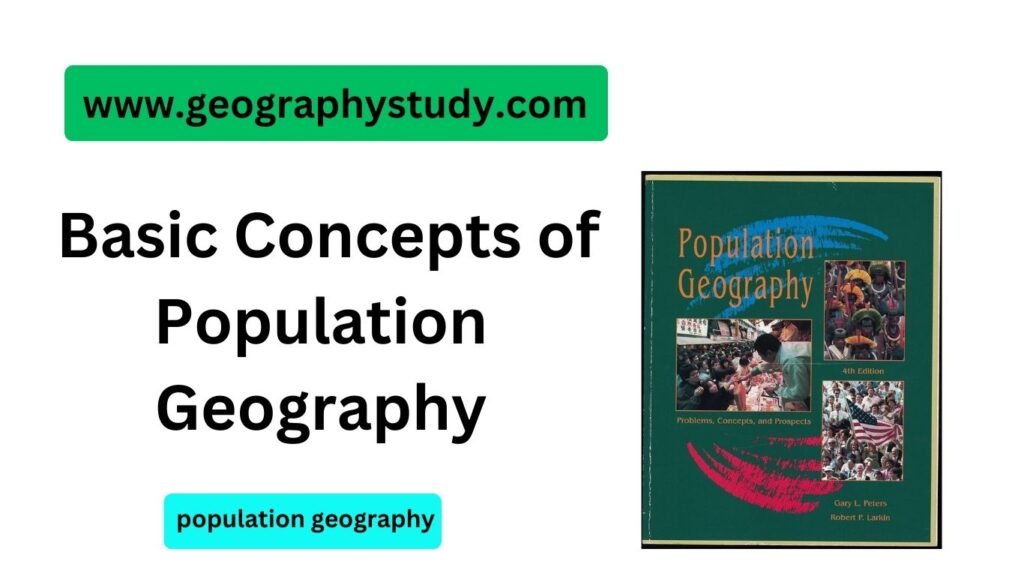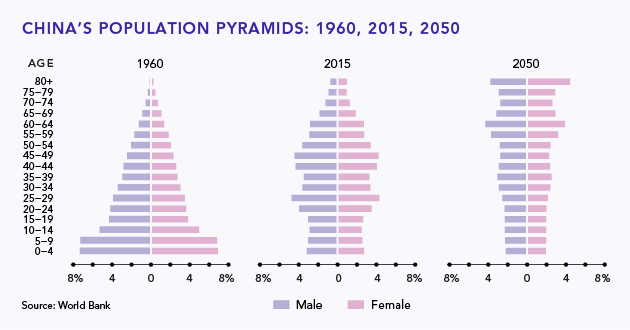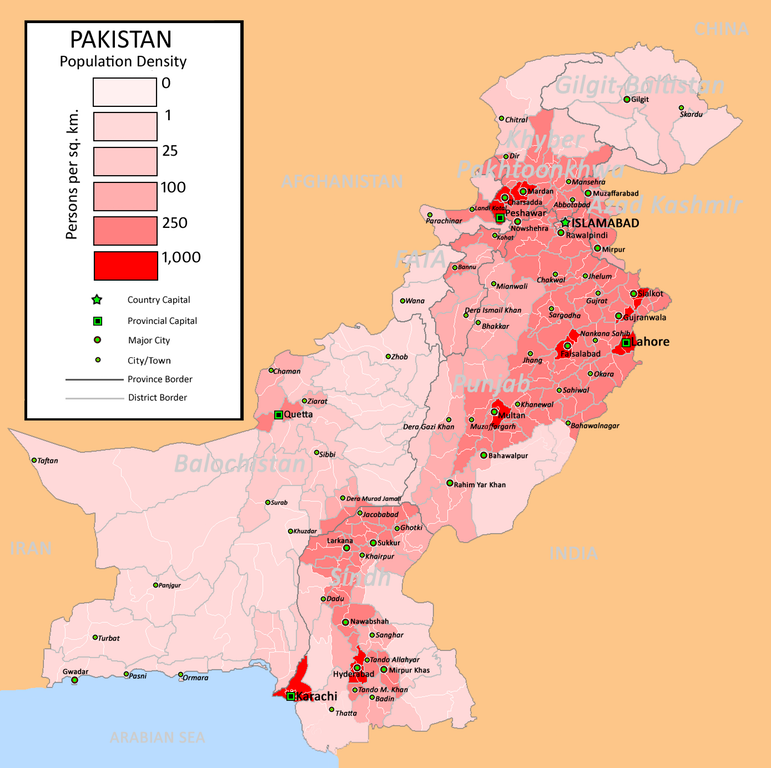Population geography is the study of the spatial distribution, composition, migration, and growth of populations. It involves understanding the variations in population distribution, density, and characteristics across different regions.

Basic Concepts of Population Geography
Population geography provides explanations for why and where people are located, why they move, and where they might go. It also involves the analysis of population pyramids, which depict the distribution of a population across various age groups.
Additionally, population geography is important for understanding the social structure of populations and the factors that can explain migration patterns.
Some key concepts in population geography include:
Population growth
• The population growth or population change refers to the change in number of inhabitants of a territory during a specific period of time. This change may be positive as well as negative.
• Population change in an area is an important indicator of economic development, social upliftment and historical and cultural background of the region.
Growth Rate of Population
This is the change in population expressed in percentage
Natural Growth of Population
• Natural Growth = Births – Deaths
Actual Growth of Population
• Births – Deaths + In Migration – Out Migration
Positive Growth of Population
• This happens when the birth rate is more than the death rate between two points of time or when people from other countries migrate permanently to a region.
Negative Growth of Population
• If the population decreases between two points of time it is known as negative growth of population.
• It occurs when the birth rate falls below the death rate or people migrate to other countries.
Patterns of population
• The term population distribution refers to the way people are spaced over the earth’s surface.
• Broadly speaking, 90 percent of the world’s population lives in about 10 percent of its land area.
• The 10 most populous countries of the world contribute about 60 per cent of the world’s population.
• Of these 10 countries, 6 are located in Asia.
Density of population
• It is the ratio between the numbers of people to the size of land.
• It is usually measured in persons per sq km


Pingback: concept of areal differentiation in geography - Geography Study
Pingback: Major tribes of Chhattisgarh - Geography Study
Pingback: Physical Geography of Asia - Geography Study